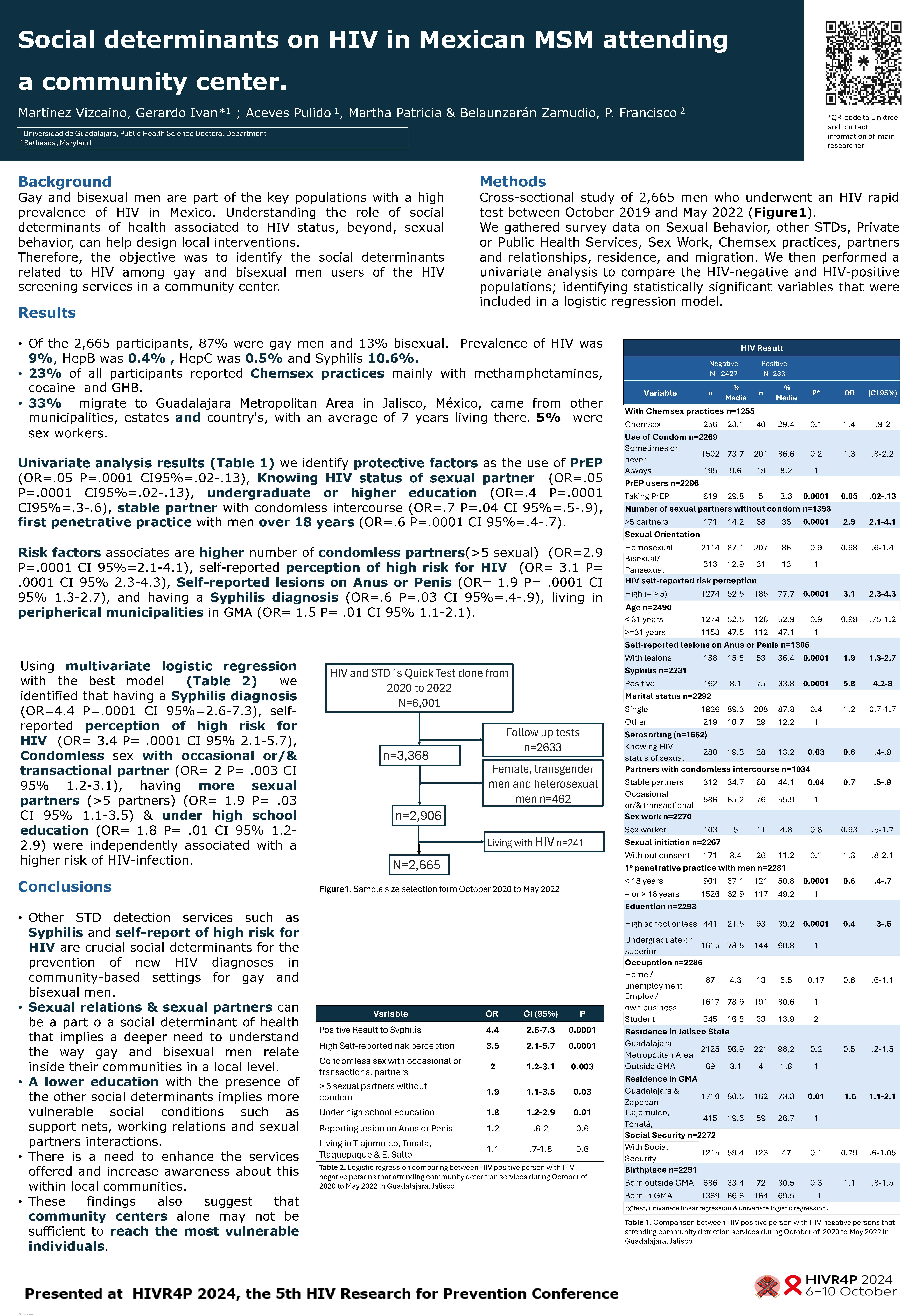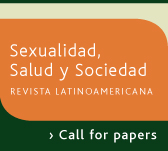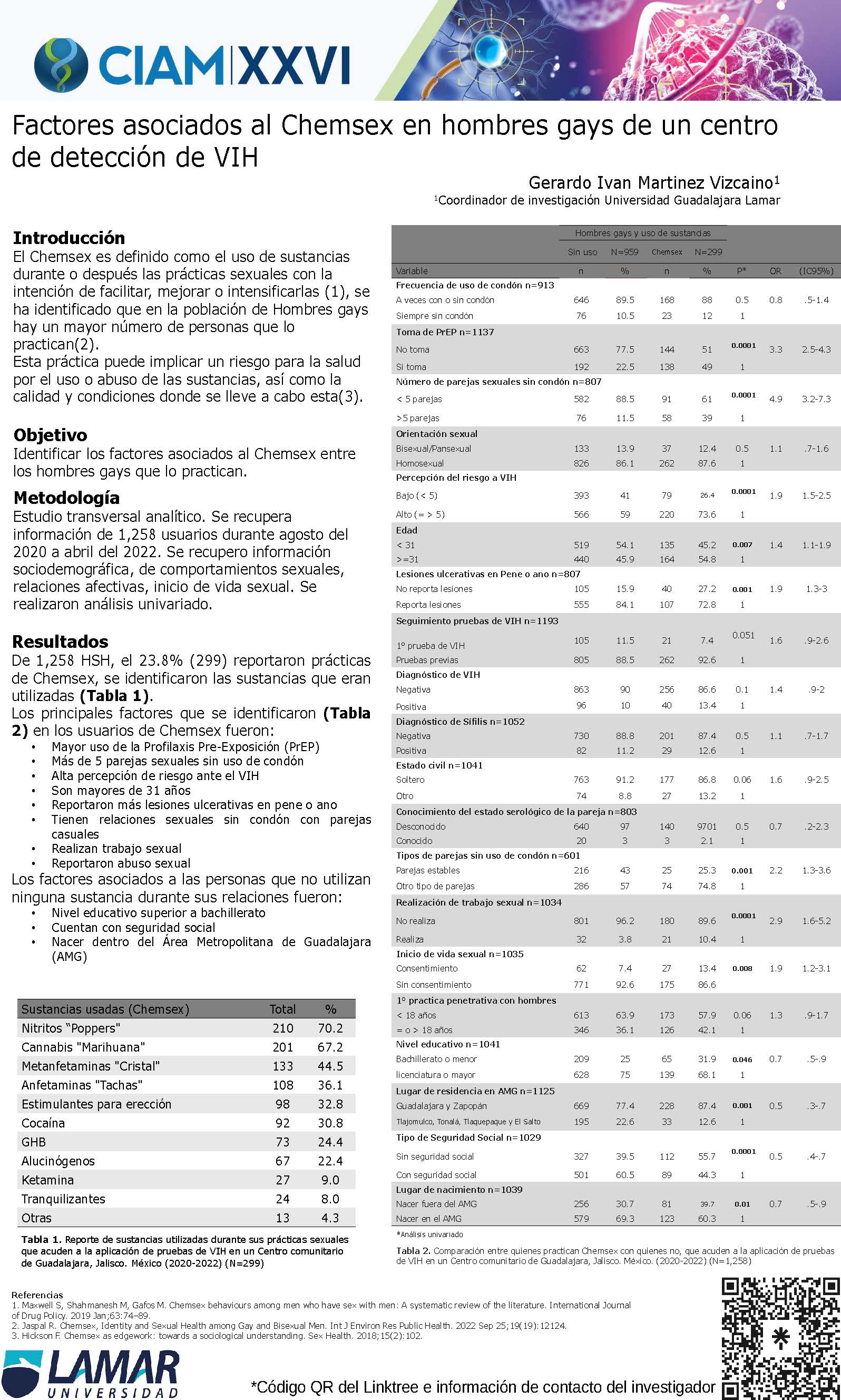Resum
Background Gay and bisexual men are part of the key populations with a high prevalence of HIV in Mexico. Understanding the role of social determinants of health associated to HIV status, beyond sexual behavior, can help design local interventions. The objective was to identify the social determinants related to HIV among gay and bisexual men users of the HIV screening services in a community center. Methods Cross-sectional study of 2,665 men who underwent an HIV rapid test between October 2019 and May 2022. We gathered survey data on Sexual Behavior, other STDs, Public health insurance, sex work, Chemsex, partners and relationships, residence, and migration. We then performed a univariate analysis to compare the HIV-negative and HIV-positive populations and identified statistically significant variables that were included in a logistic regression model. Results Of the 2,665 participants, 87% were gay man and 13% bisexual. Prevalence of HIV was 9% and syphilis 10.6%. Fifteen percent of all participants reported use of substances during sex; 33% were immigrants to Guadalajara, with an average of 7 years living there; 5% of theme were sex workers. Using multivariate logistic regression we identified that self-reported perception of high risk for HIV (OR= 3.4 P= .0001 CI 95% 2.1-5.7) and having a new diagnosis of Syphilis (OR=4.4 P=.0001 CI 95%=2.6-7.3) were independently associated with a higher risk of HIV-infection s, while having a stable sexual partner (>6 months) (OR=.5 P=.004 CI95%=.3-.8), having less sexual partners (<5 partners) (OR=.5 P=.04 CI95%=.3-.96) and higher-level education (> High school) (OR=.5 P=.013 CI95%=.3-.8) were found to be protective factors Conclusions Other STD detection services and self-identification of risk are crucial social determinants for the prevention of new HIV diagnosis in community-based settings. There is a need to enhance the services offered and increase awareness about this within local communities. The presence of protective factors indicates that structural determinants of sexual relations and education are related, but it is not clear how they specifically contribute to HIV prevention. These findings also suggest that community centers alone may not be sufficient to reach the most vulnerable individuals.






